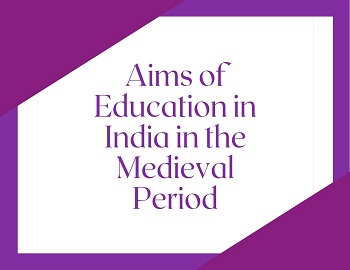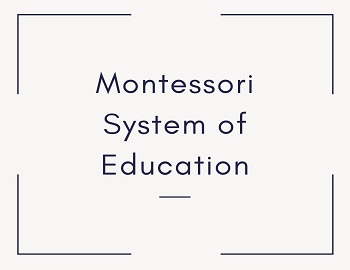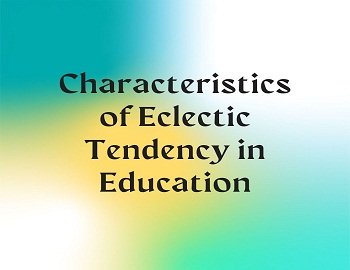Nature and Salient Features of Buddhist Education:
Nature of Buddhist Education– Buddhist education was both monastic and secular. It was monastic for those who wanted to enter the order and secular to others. It attempted to mold the minds of the younger generation. It was universal in the sense that it was open to all. It was aimed at the spreading of the Gospel of Lord Buddha.
The aim of education, according to the Buddhist system was to influence the younger sections of society according to Buddhist thought. This was the primary aim of Buddhist education. Its secondary aim was to train monks and nuns for the purpose. Therefore, the system had a missionary aim. However, gradually the monastic schools admitted even lay students.
The teacher-pupil relationships were familial in character based on mutual reverence, confidence, and affection. The disciples had to help the teachers with manual work. Strict discipline was imposed on monks, and it was not so severe for others. Strict rules of chastity, poverty, and abstinence from worldly desires were required to be observed by the teachers. Novices could check their teachers if wavering in faith or committing a breach of monastic discipline was observed.
The course of study for layman included the spiritual practices, study of sacred literature, Pali, Sanskrit, Logic, Metaphysics, Medicine, Astrology, Astronomy, works on polity and administration, Jataka Tales, Philosophy of Buddhists, etc. The monks were required to study Pali and Sanskrit, Sacred Texts, and Tripitikas. Works on Buddhism and Religion, Hindu religion, logic, and philosophy, Grammar, and five Vidyas, Sabda, Silpasthana, Chikista, Hetu, and Adhyatma.
True knowledge was Somyagnana, the Buddhist system of education truly reflected the Buddhist order. Educational opportunities were only offered in the Buddhist monasteries. All education was provided by the monks, who were the custodians of the Buddhist culture and preaching.
Salient Features of Buddhist Education- Like the Vedic and later-Vedic periods, even during the Buddhist period, the education system comprised the same features. There were not much difference between the Hindu and Buddhist ideals, modes, and aims, but places of study were monasteries and the method of teaching was the same. The following are some of the salient features:
(1) The monastery was the educational institution where the Sharamana lived after the pabbajja and Upasampada, the first and final ordination. The preceptor shouldered the responsibility of the sharmanas and considered them as his children.
(2) The pupil was eligible to seek admission on the ground of moral conduct. Patients of communicable and infectious diseases, government servants, soldiers, and slaves were not given admission. Also, pupils with a lower order of conduct were not allowed to seek admission.
(3) While some of the Brahmin teachers used to teach only Brahmins, others also considered varna while giving admission to the student. The Buddhist system of education, on the other hand, insisted that the student may be admitted on his personal merits and not on the basis of family or caste. The Buddhist nuns and monks, therefore, came from all castes.
(4) While Brahmanical education was given in Sanskrit, the language of the elite, the Buddhist system of education insisted upon Plai or Parkrati and other popular languages as the medium of instruction. This was a step towards the democratization of education and making it popular.
(5) The discipline of celibacy was compulsory. The pupil admitted to the monastery was to follow Brahmacharya. Married people were not given admission into the Sangh.
(6) Siddhiviharika’s consecrated duty was to serve his Upadhya. Being the inmates of a monastery, they would look after the comforts of their preceptors and keep the institution clean but they could maintain distance while following their preceptor and while begging for alms. But there was a cordial relationship between the preceptor and Siddhiviharikas.
(7) If any of the Sramanas failed to respect his Upadhyaya, he was expelled from the monastery and whose conduct was against the order was debarred from getting an education.









Comments (No)